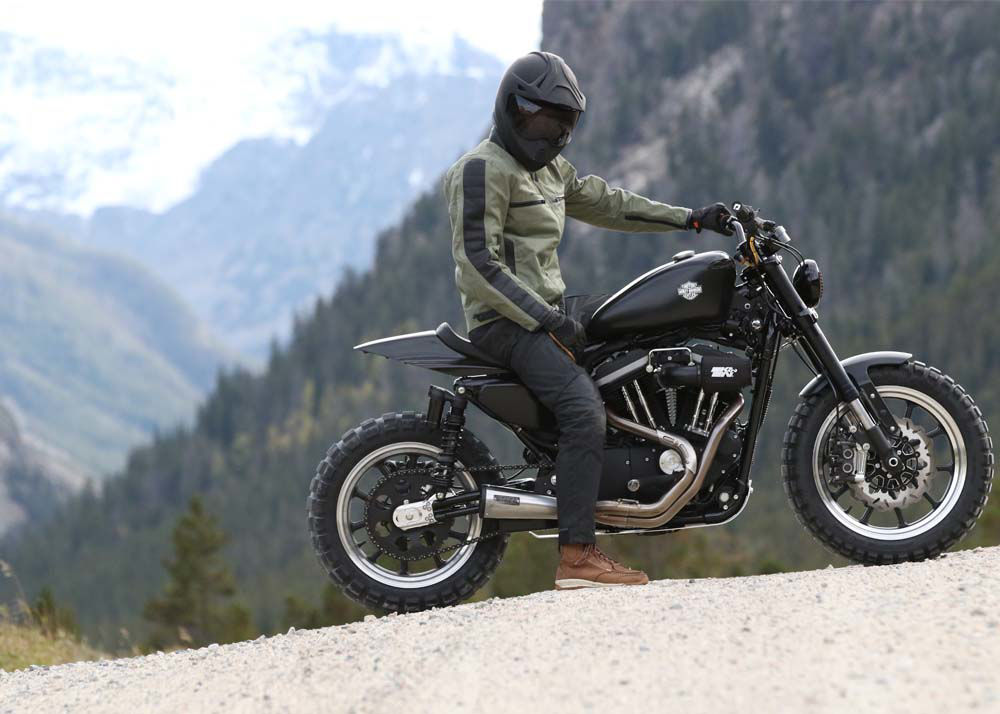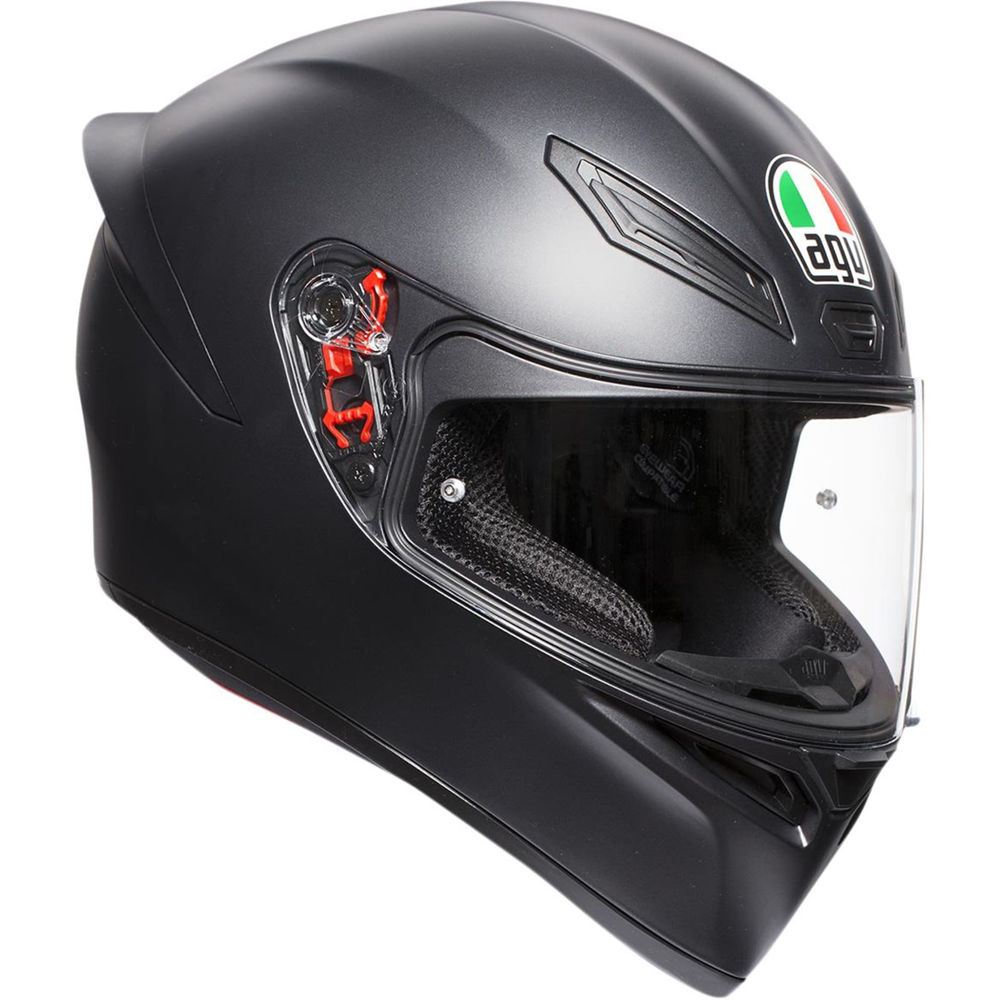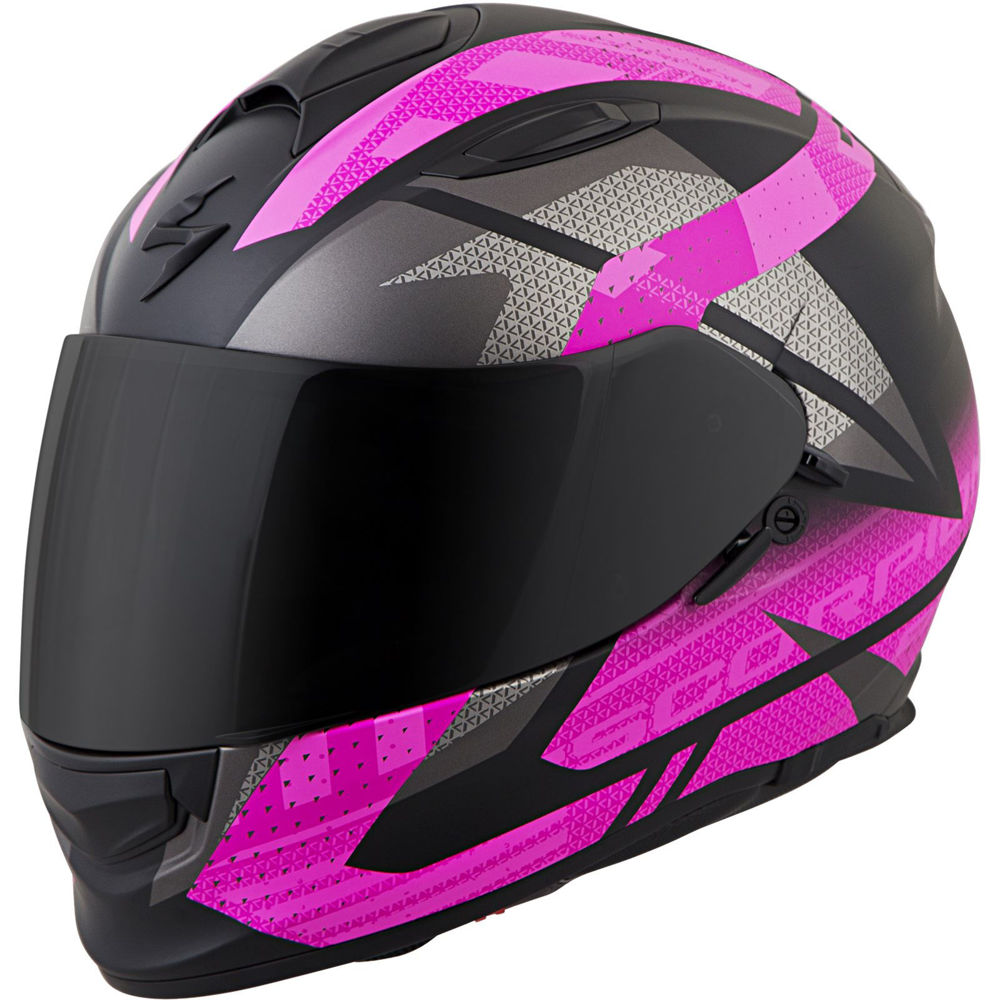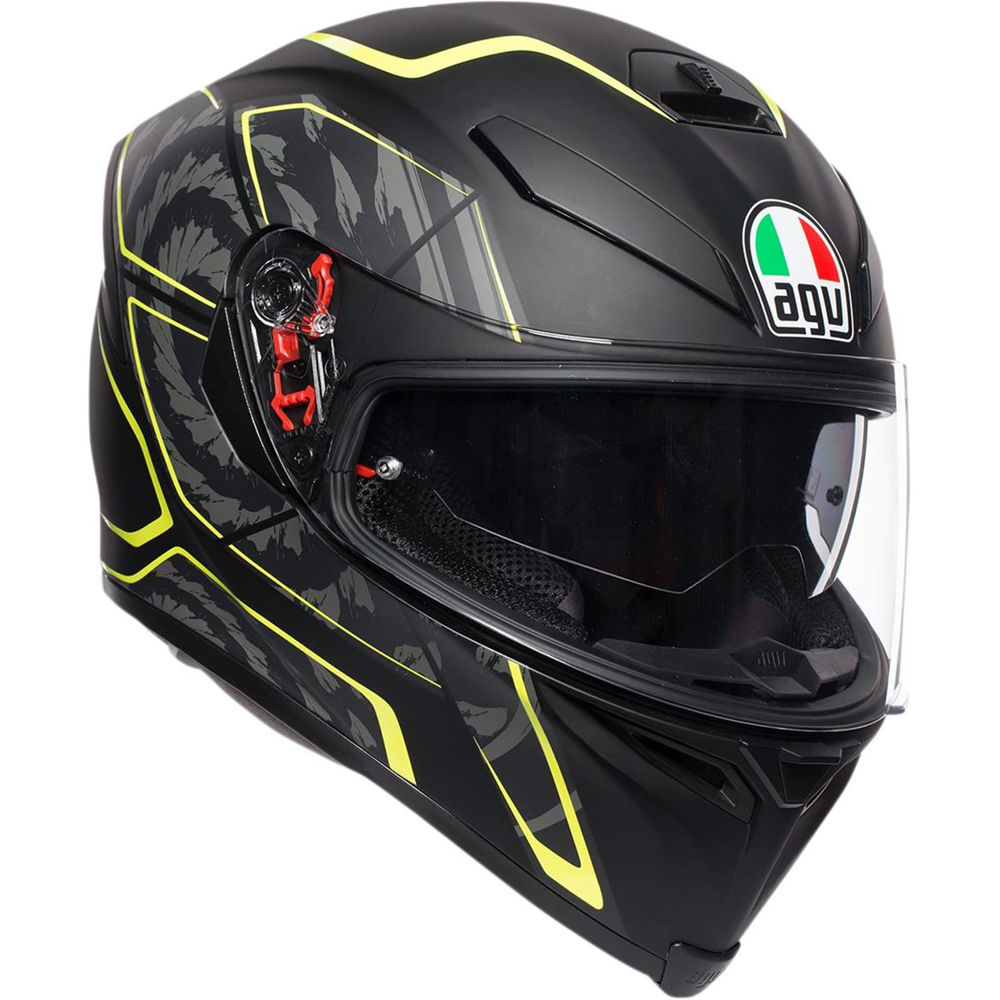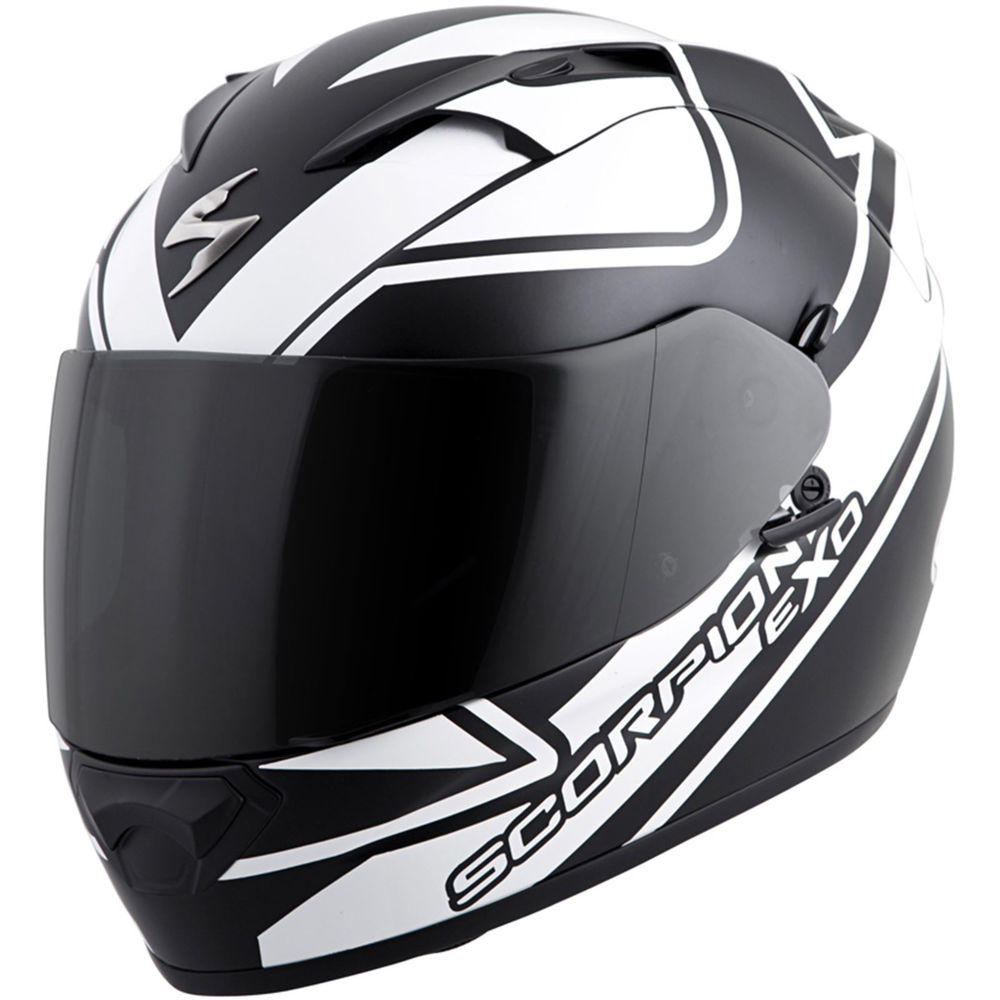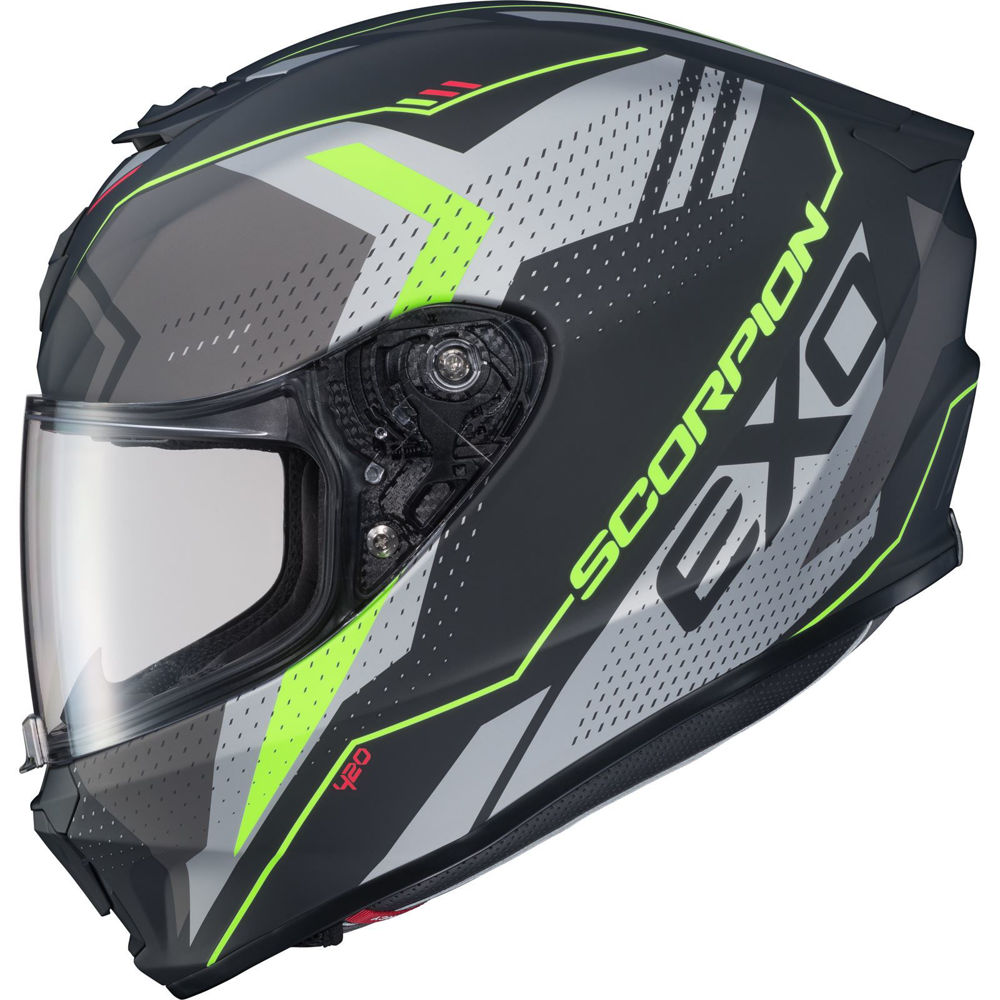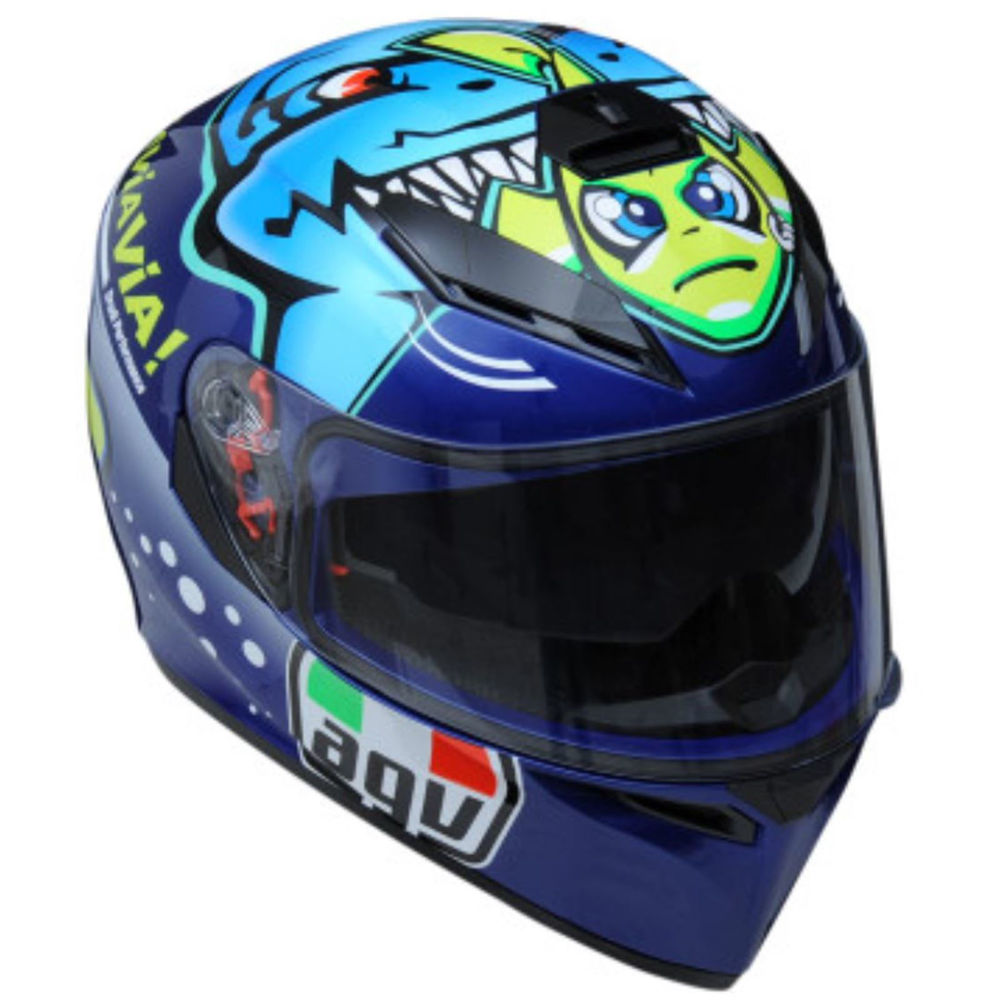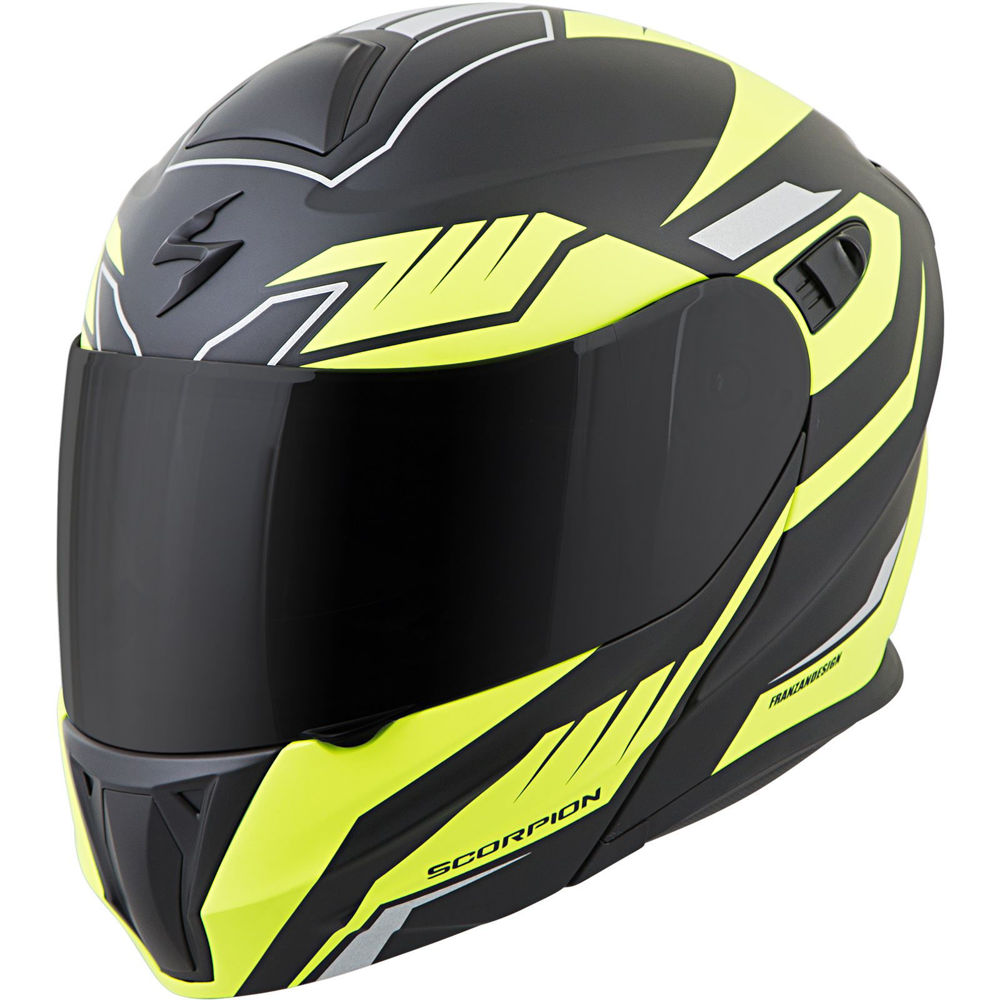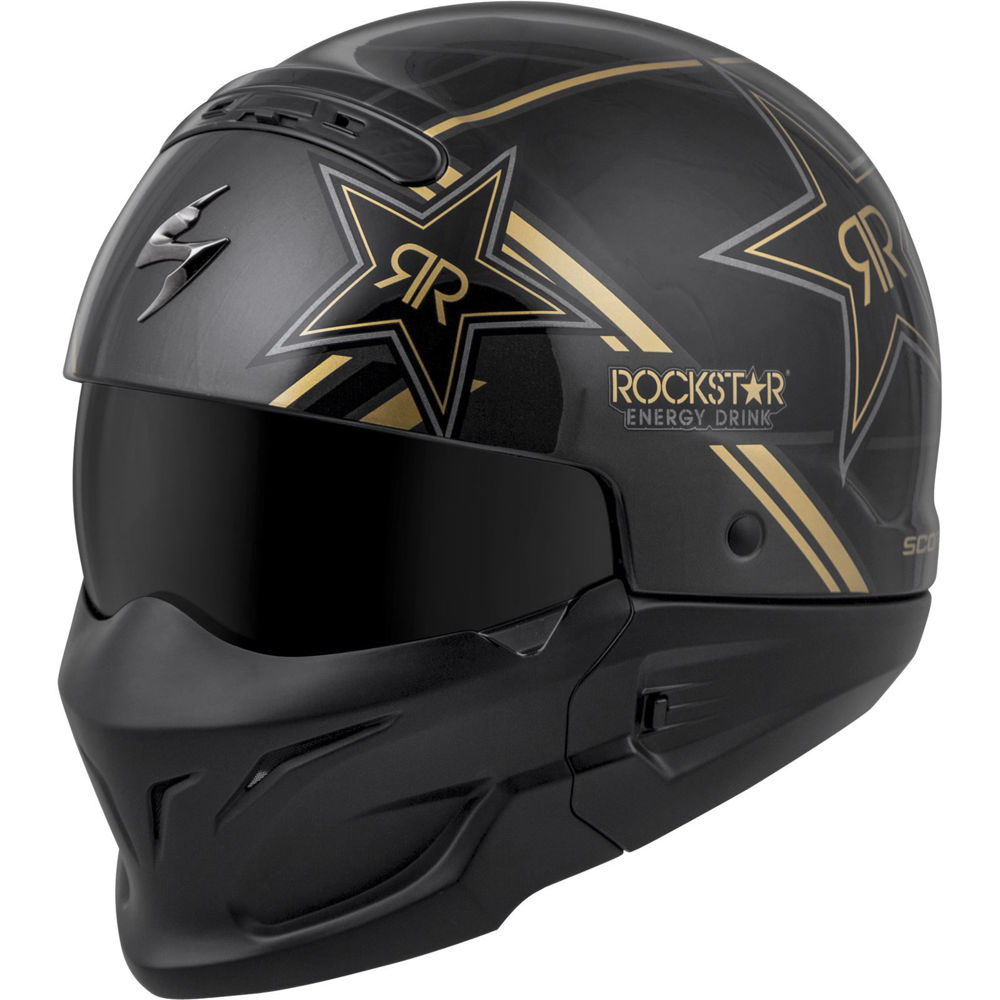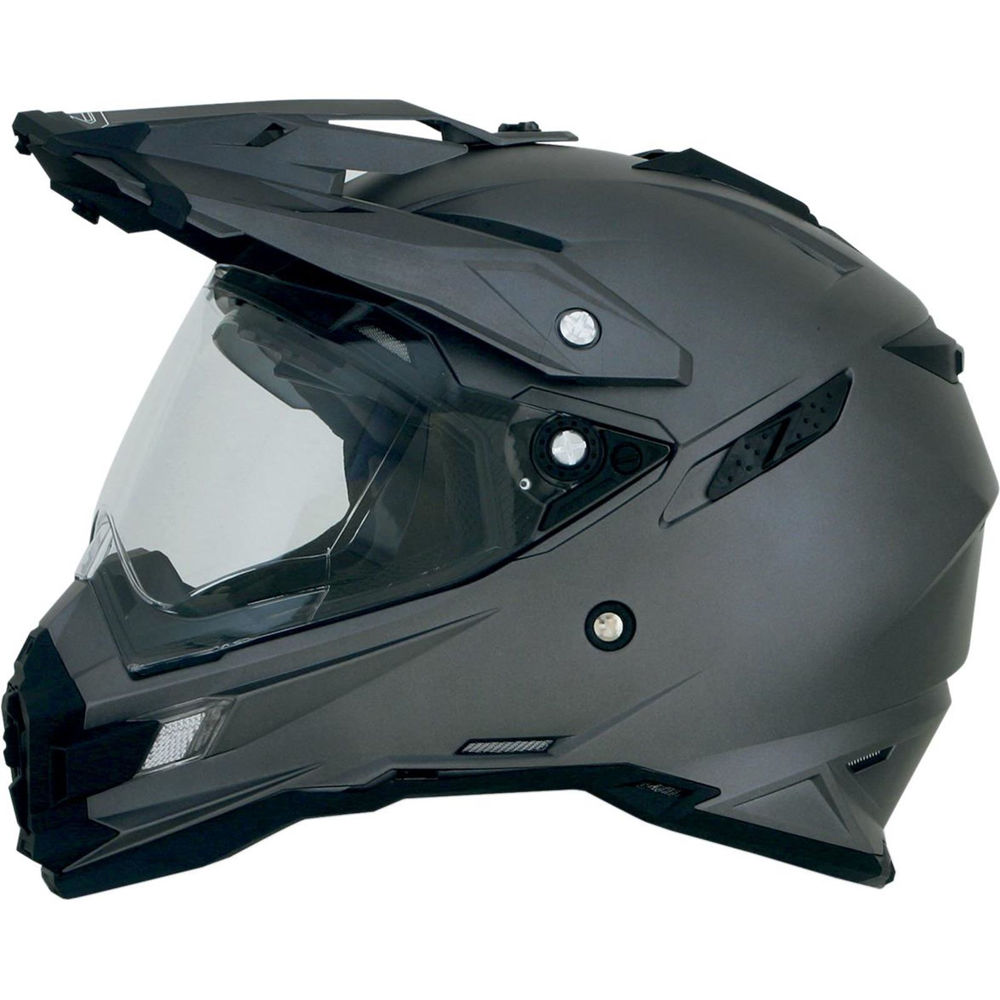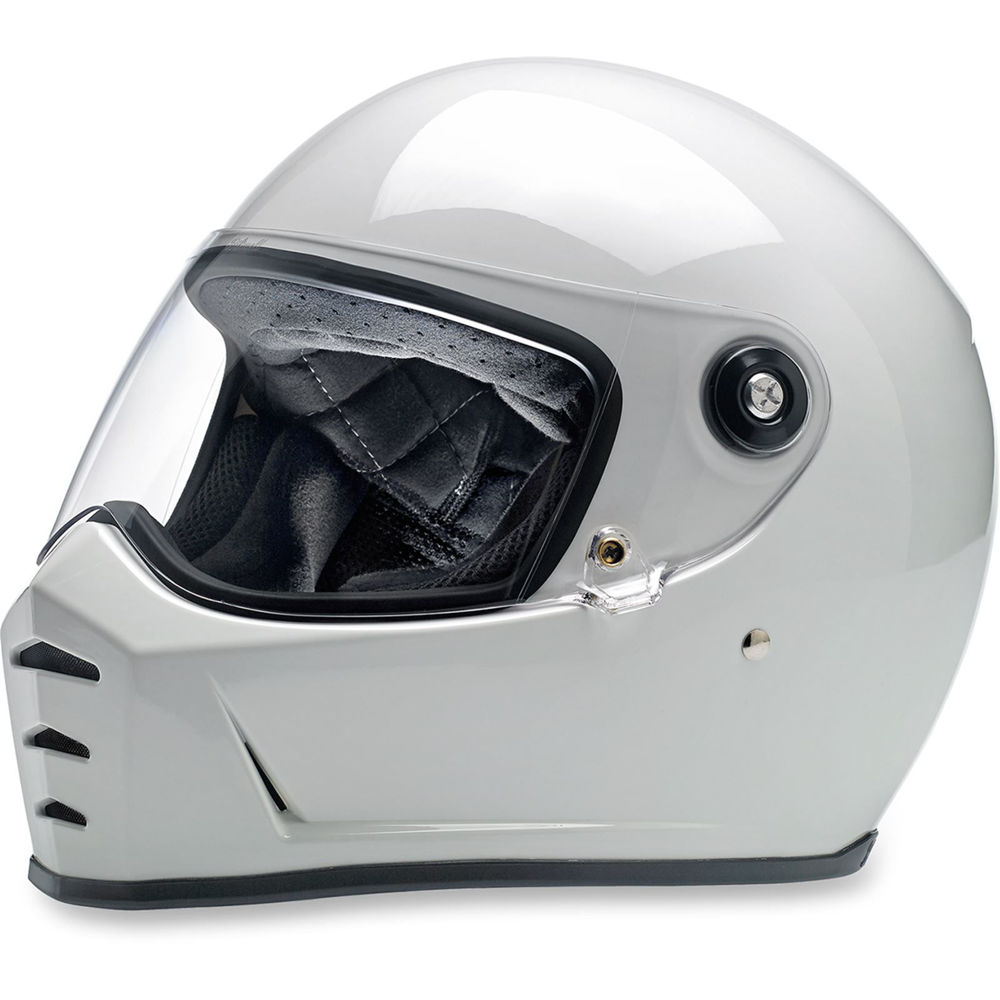Do you know what the letters and/or numbers on a helmet shell, chin strap, or sticker inside of your helmet mean? If you’re located in the States, you probably know what D.O.T. stands for, but we’ll go over all the different helmet ratings and what they mean.
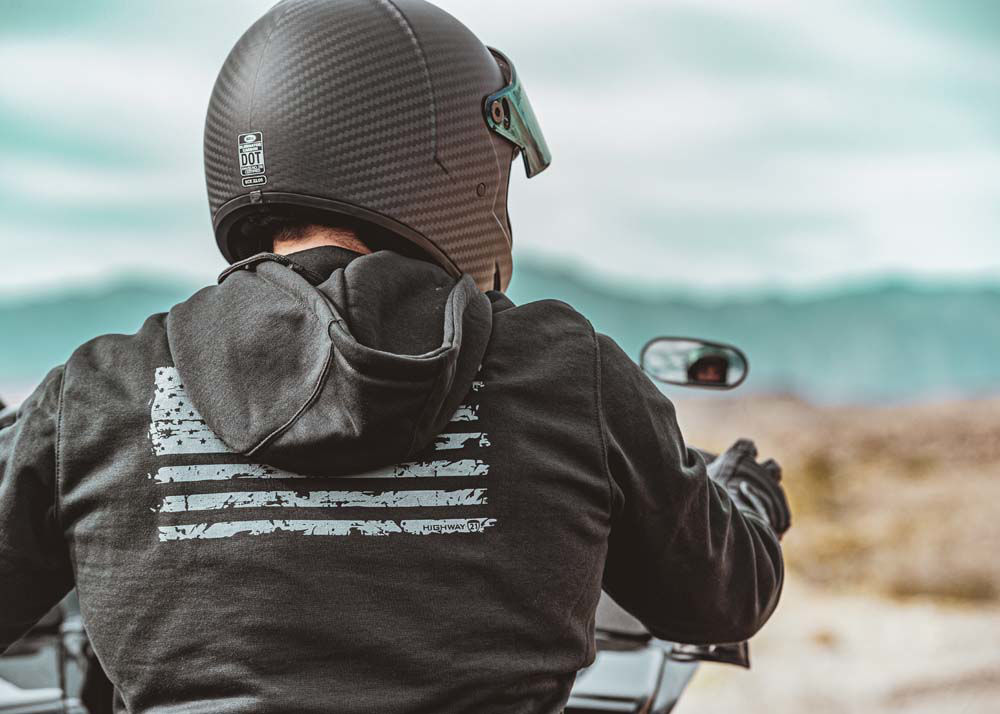
D.O.T. - Department Of Transportation FMVSS218 (USA)
D.O.T. FMVSS218 (Federal Motor Vehicle Safety Standard (FMVSS) 218) is the minimum requirement in the United States for a helmet, as they are designed to protect the head in most types of impacts. There are other standards (see below) that have even stricter requirements and are deemed to be even safer than DOT helmets. There are 4 things to check for when considering a DOT helmet:
- A thick foam inner layer - Helmets meeting the federal standard will have a thick, firm polystyrene foam layer about one inch in thickness. Helmets that do not meet this standard usually have a softer, thin foam later, or no foam at all (just the shell). Be on the lookout for these inferior helmets and avoid purchasing one. Your noggin will thank you!
- A sturdy chin strap with rivets - Be sure to look for a strong, sturdy, durable chin strap attached to the helmet by solid, heavy-duty rivets. If anything looks loose or weak, look elsewhere for a helmet. This is what keeps your helmet attached to your head!
- The helmet’s weight - You should be looking for a helmet that weighs about 3 pounds. Helmets will vary in weight, but helmets that do not meet this requirement are typically much lighter - around 1 pound. You should be able to quickly tell the difference by picking it up.
- The helmet’s design & style - Per DOT standards, nothing should protrude more than 2/10ths of an inch from the surface of the helmet. While something like visor fasteners are allowed, other accessories or add-ons may make the helmet unsafe.
All helmets that meet DOT standards have a DOT sticker on the back of the helmet certifying it has met DOT requirements. Watch out for DOT novelty stickers, however, as some manufacturers will purchase fake stickers to use on novelty helmets, which is why it is important to check a helmet for the above standards before purchasing. Helmets that do not meet the above requirements but have a DOT sticker are NOT DOT certified. To be on the safe side, purchase your helmet from a reputable dealer (like Motomentum!).
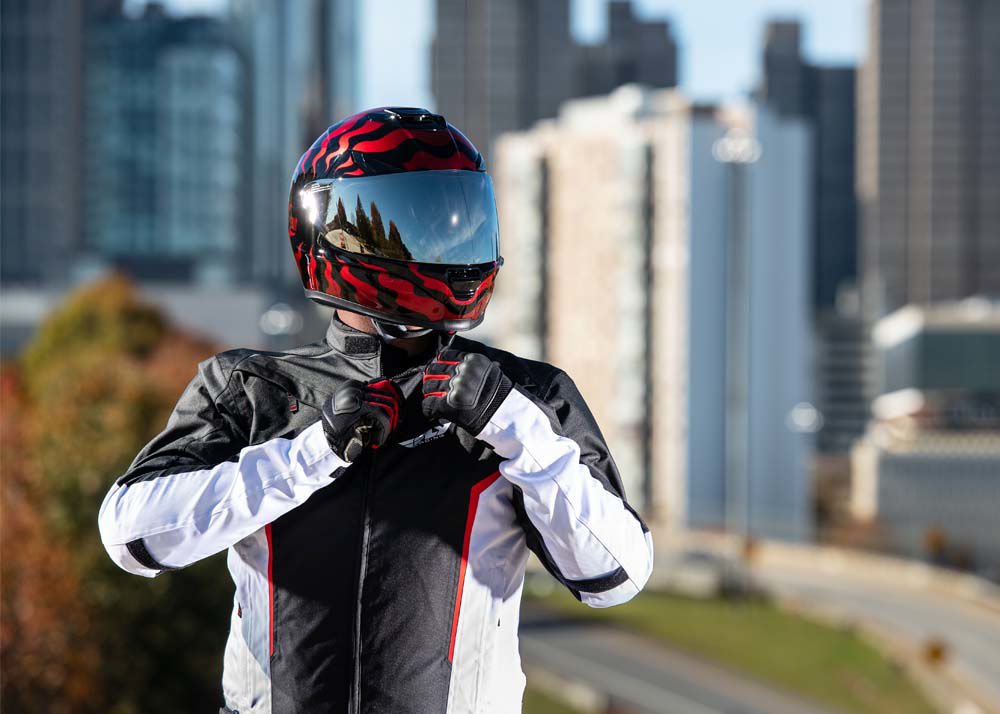
ECE 22.06 European Standard (Europe)
ECE stands for Economic Commission for Europe, and ECE 22.06 means a helmet meets the minimum European safety requirement for a motorcycle or scooter helmet and is accepted in over 50 countries worldwide.
In order to determine the European standard for motor vehicle safety, they have come up with some guidelines including “Guideline 22”, which spells out the minimum requirements for helmet safety. The suffix after the 22 indicates which version we are on. The first requirements were set in 1982 (with suffix .02), but today we are at 22.06. Although helmets with ECE 22.06 are in production, the previous 22.05 standards are still legal until January 2024.
ECE and DOT standards are similar in many ways. For example, both require peripheral vision through an arch of 105° from the helmet’s midline, as well as similarities in labeling requirements.
The ECE requires labels to be sewn into the chin strap. It is always labeled with an “E” followed by a number, which indicates which country the helmet was certified in. This doesn’t mean the helmet can only be worn in that country, but just denotes the location where the helmet was tested. Here are those codes:
- E1 = Germany
- E2 = France
- E3 = Italy
- E4 = the Netherlands
- E6 = Belgium
- E11 = Great Britain
While there are many similarities between ECE and DOT, ECE standards are known to be a bit stricter than DOT standards. One of the biggest differences is that ECE 22.05 includes testing on the helmet visor, whereas DOT does their testing on visors and other eye protection gear in a separate test called the VESC 8 (Vehicle Equipment Safety Commission).
Additionally, in the ECE system, a submission of up to 50 helmets (as a part of a batch sample) are required to be sent to a 3rd party, government-approved testing facility when production begins to ensure quality-control during production.
The ECE system also utilizes a letter suffix to denote which type or configuration of helmet the approval applies to:
- “J”: The helmet does not have a lower face cover (stated as ECE 22.06J)
- “P”: The helmet has a protective lower face cover (stated as ECE 22.06P)
- “NP”: The helmet has a non-protective lower face cover (stated as ECE 22.06NP)
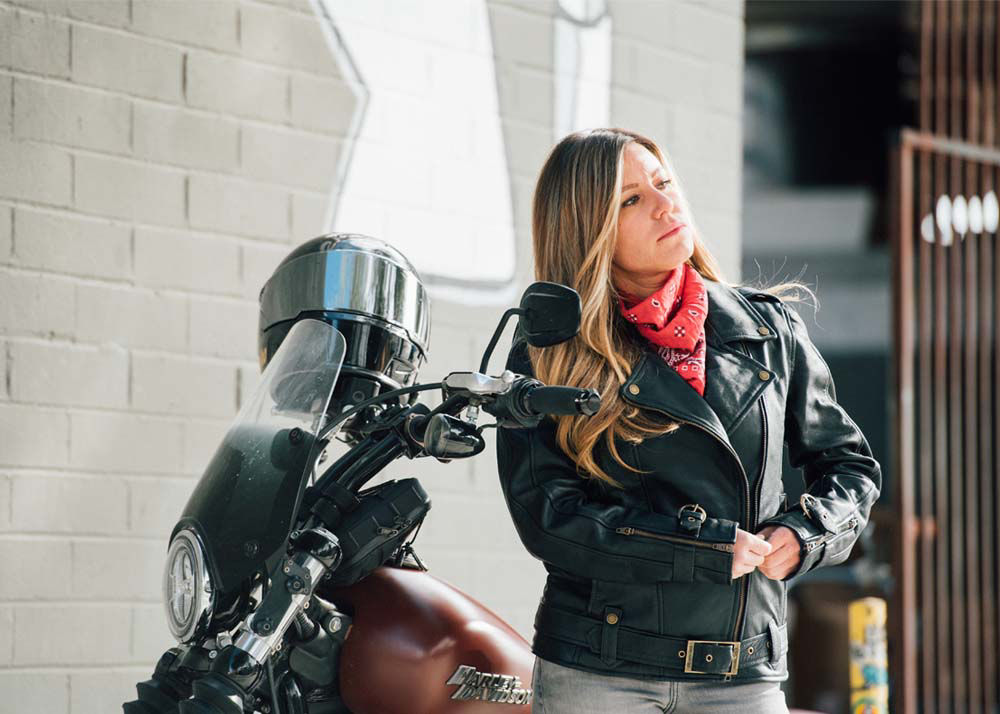
SHARP (UK and England)
The SHARP helmet safety scheme creates a straightforward approach utilizing a star system, so consumers can make an informed choice when choosing their helmet.
The star rating system goes from 5 stars, which is the highest rating a helmet can receive, to one star, which is the lowest. That being said, a lower star rating doesn’t mean a helmet isn’t safe; helmets must meet a minimum safety rating in order to rank on the SHARP scale.
Although the star system makes it easy for consumers to make choices, the actual calculation of the star rating is much more complex. The ratings are weighted according to the latest and best motorcycle accident data available. This data is used to determine the likelihood of impacts to different regions of the helmet, impacts of different speeds, and impacts with different surfaces. This system is aimed to highlight specific helmets that would make the most difference to riders’ safety.
The SHARP website offers a handy tool for researching helmets by allowing you to search by manufacturer, model, helmet type, and helmet rating.

Snell Memorial Foundation (Worldwide)
The Snell Memorial Foundation is a non-profit organization of scientists, physicians, and others that was created to ensure higher safety standards in helmets as well as promote the research and education to improve the effectiveness of helmets. The non-profit was founded in 1957 following the fatal car crash of famous racer, William “Pete” Snell, when the race helmet he wore failed to protect his head. The standard developed by this group is now known as the Snell safety standard, which greatly surpasses the minimum requirements of the DOT standards. Helmets with a Snell certification are very popular among racers and avid riders alike.
Snell certified helmets undergo a series of vigorous destructive and non-destructive tests to determine whether it meets Snell standards. The most crucial testing, however, is the impact test. If you would like to see some videos of Snell tests, you can check them out here.

Each Snell certified helmet carries the Snell label inside. The current certifications for motorcycle helmets include Snell M2020D, Snell M2020R, and Snell M2015. You can see the current Snell bicycle helmet certifications as well as past motorcycle helmet certifications and more on Snell’s website. Additionally, you can verify a helmet’s certification by using Snell’s lookup tool. The Snell website also offers some tips on finding a good helmet by following the 4 S’s: Snell, Size, Shape, and Strap.
State Helmet Laws
Despite data showing that helmets keep you safer when riding, some states do not have laws requiring motorcyclists to wear a helmet. If you’re unsure what the laws are in your state, you can check out this table (recently updated this month) to see what your state’s requirements are. Even if you don’t have to wear a helmet, we strongly recommend that you wear one anyway! Data shows that motorcycle helmets reduce the number of fatalities in a crash, as well as the severity of injuries in a crash. When helmet laws are repealed, fatalities increase by as much as 20%.
Generally speaking, helmets should last about 5 years if it isn’t showing any wear issues and hasn’t been involved in a crash or strong impact. If your helmet is showing significant signs of wear, or has been involved in a crash or impact, it’s time to buy a new one. Check out our guide on buying a new helmet.
Which helmet would you recommend?
There are many factors that go into choosing a helmet, so it's tough to make general recommendations, but here are 10 that our customers choose again and again, so this Top 10 list would be a good starting point:
1. AGV K1 Full-Face Helmet
2. Scorpion EXO-T510 Full-Face Helmet
3. AGV K5 S Full-Face Helmet
4. Scorpion EXO-T1200 Full-Face Helmet
5. Scorpion EXO-R420 Full-Face Helmet
6. AGV K3 SV Full-Face Helmet
7. Scorpion EXO-GT920 Modular Full-Face Helmet
8. Scorpion Covert Full-Face & ¾-Face Helmet
9. AFX FX-41DS Offroad Helmet
10. Biltwell Lane Splitter Full-Face Helmet
If you still haven't found the right helmet for you, feel free to check out our full helmet selection!
How do I know which helmet rating is right for me?
To recap, here are some things to remember when choosing a helmet:
- The first thing to consider when looking at helmet ratings is your location; those in the US will require at least a DOT rated helmet in states requiring helmets. Many European countries require helmets to be rated with ECE 22.05 (until January 2024, where the new requirement will be ECE 22.06), and the UK and England go by the SHARP rating system.
- For maximum protection, consider a Snell-rated helmet.
- Look out for novelty helmets with fake certification stickers.
- The best helmet is not necessarily the most expensive helmet. Be sure to consider all features, including size (and fit), head shape, strap, and helmet rating.
- No matter the rating, a full-face helmet is the safest style of helmet.
- A helmet typically lasts about 5 years, depending on upkeep, wear, and whether or not it has been involved in a crash/impact.
